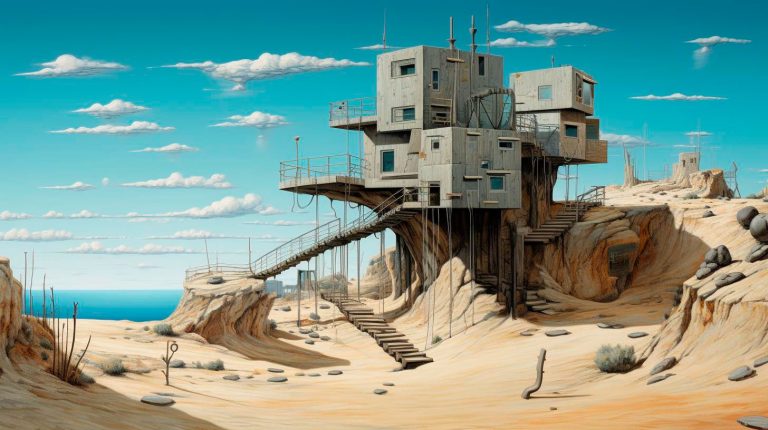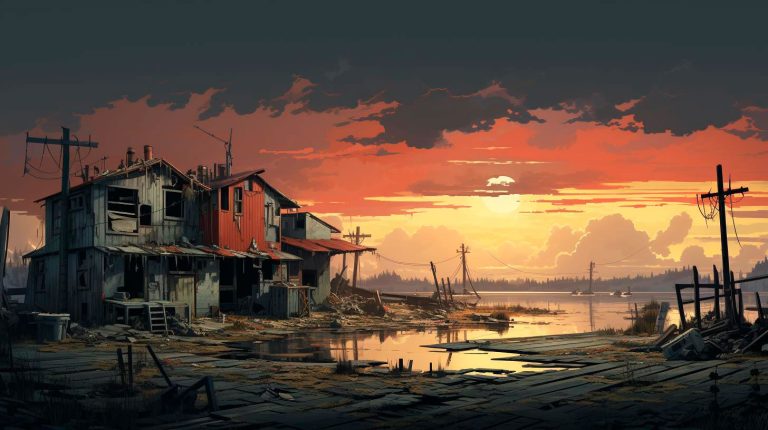Mastering Basic Edits
Before diving into more advanced techniques, it’s crucial to have a solid understanding of basic edits for your wildlife photographs. These edits include adjusting exposure, white balance, saturation, and cropping. Paying attention to these fundamental edits will ensure that your images are well-balanced, vibrant, and visually appealing.
- Adjusting exposure: Correcting exposure issues can make a significant difference in wildlife photography. Learn how to adjust the brightness and contrast levels to enhance the overall impact of your images.
- White balance: Proper white balance adjustment can bring out the natural colors and tones of your subject. Avoid unnatural hues by using tools like temperature and tint to achieve the desired effect.
- Saturation: Increase or decrease the saturation levels strategically to make the colors of your wildlife photographs pop or to create a more subdued and realistic look.
- Cropping: Crop your images to enhance composition or to eliminate distractions. Experiment with different cropping ratios to find the best framing for your subject.
Fine-tuning Details
Wildlife photographs often have intricate details that can benefit from precise adjustments. Understanding how to fine-tune these details will make a noticeable difference in the overall quality of your images.
- Sharpening: Enhance the clarity and sharpness of details such as feathers, fur, or textures. Use tools like the sharpening brush or the unsharp mask to enhance the desired areas selectively.
- Noise reduction: High ISO settings or low-light conditions can introduce noise in your photographs. Learn how to reduce noise effectively while maintaining important details using noise reduction tools.
- Dodge and burn: Bring out specific elements in your image by selectively brightening or darkening areas using dodge and burn techniques. This can help draw attention to your subject amidst complex backgrounds.
Adding Creative Effects and Enhancements
While wildlife photography typically focuses on capturing the authenticity of the moment, adding creative effects and enhancements can add a unique touch to your photos and evoke a particular mood or emotion.
- Filters: Experiment with filters like vignettes, graduated filters, or polarizing filters to enhance the overall atmosphere of your wildlife photographs.
- Selective coloring: Highlighting specific colors against a black and white or desaturated background can create a stunning visual impact. Use this technique sparingly to maintain its effectiveness.
- Texture overlays: Overlay textures, such as watercolor or grunge effects, onto your images to add depth and creativity. This can help create a unique and artistic interpretation of your wildlife subject.
Key Takeaways
- Mastering basic edits such as exposure, white balance, saturation, and cropping is essential for wildlife photo editing.
- Fine-tune details by sharpening important elements, reducing noise, and using dodge and burn techniques.
- Add creative effects and enhancements, including filters, selective coloring, and texture overlays, to bring a unique touch to your wildlife photographs.
With these essential tutorials at your fingertips, you’re well on your way to becoming a pro at wildlife photo editing. Remember, practice and experimentation are key to developing your own style and bringing out the best in your wildlife photographs. So, embrace the creative process and let your imagination soar as you edit and transform your images into visual masterpieces that captivate viewers and showcase the awe-inspiring beauty of the natural world.


















+ There are no comments
Add yours